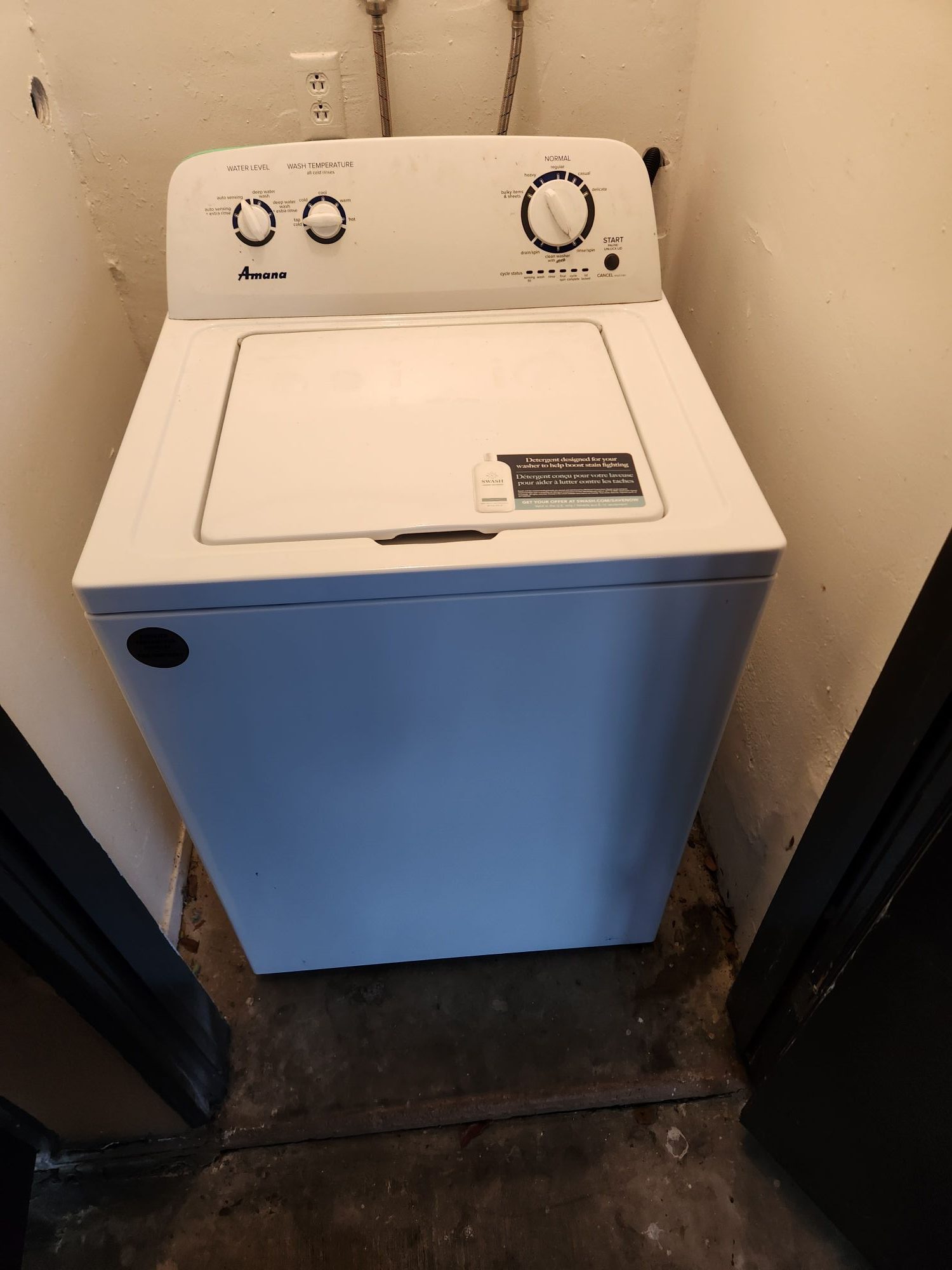
A washing machine is designed to make your life easier, not louder. So when your appliance begins producing loud banging, grinding, or screeching noises during the spin cycle, it’s a clear sign that something is wrong. Two of the most common culprits behind such unsettling sounds are worn drum bearings and foreign objects trapped in the drum. While both issues require attention, they differ significantly in severity, repair methods, and potential damage to your appliance.
The Role of Drum Bearings
Drum bearings are essential components in a front-loading washing machine. They help the drum spin smoothly by reducing friction. Located at the rear of the appliance, they support the inner drum and allow it to rotate freely during washing and spinning. Over time, bearings can wear out due to repeated use, exposure to water, or lack of lubrication. One of the first signs of worn bearings is a deep rumbling noise during the spin cycle, often resembling the sound of an airplane taking off. The noise may start subtly and gradually become louder with each wash cycle. In advanced stages of wear, you may even notice water leaks near the back panel due to seal failure. Ignoring the issue can cause further internal damage, including warping of the drum or motor strain. Replacing bearings is a complex task that usually requires dismantling the washer, removing the drum, and replacing both the bearings and the drum seal. It’s a labor-intensive job best left to experienced technicians.Foreign Objects: A Simpler Problem with a Similar Sound
Sometimes the cause of a loud noise isn’t mechanical failure but a foreign object that has slipped through the drum perforations or gotten stuck between the inner and outer drum. Common culprits include coins, hairpins, nails, bra wires, and even small screws. These objects can create sharp, clanging sounds—especially during high-speed spin cycles. Foreign objects can scratch the inner drum, damage the outer tub, or tear the door seal. If left unaddressed, they may eventually cause the drum to seize or break altogether. Thankfully, removing such items is often a simpler task than replacing bearings. The technician may be able to extract the item through the heating element port or remove the drum cover to access the gap between the drums.How to Differentiate the Causes
Here are a few tips to help you identify whether the noise you’re hearing is due to worn bearings or a foreign object:- Type of Noise:
- Worn bearings typically produce a low, rumbling or grinding sound.
- Foreign objects often create high-pitched, sharp banging or rattling sounds.
- Location of Noise:
- If the noise seems to come from deep within the machine, it may be the bearings.
- If it sounds like something is bouncing around the drum, it could be a foreign object.
- Physical Movement:
- Open the washer door and spin the drum by hand. If it feels rough or wobbly, bearings are likely worn.
- If it moves freely and smoothly, check for loose items inside or trapped in the rubber seal.
Prevention Tips
To minimize the risk of both problems, consider the following preventive measures:- Empty pockets before washing to avoid small metal objects entering the drum.
- Use laundry bags for bras or items with hooks and wires.
- Avoid overloading your washing machine, which can increase wear on bearings.
- Perform regular maintenance checks to catch early signs of trouble.